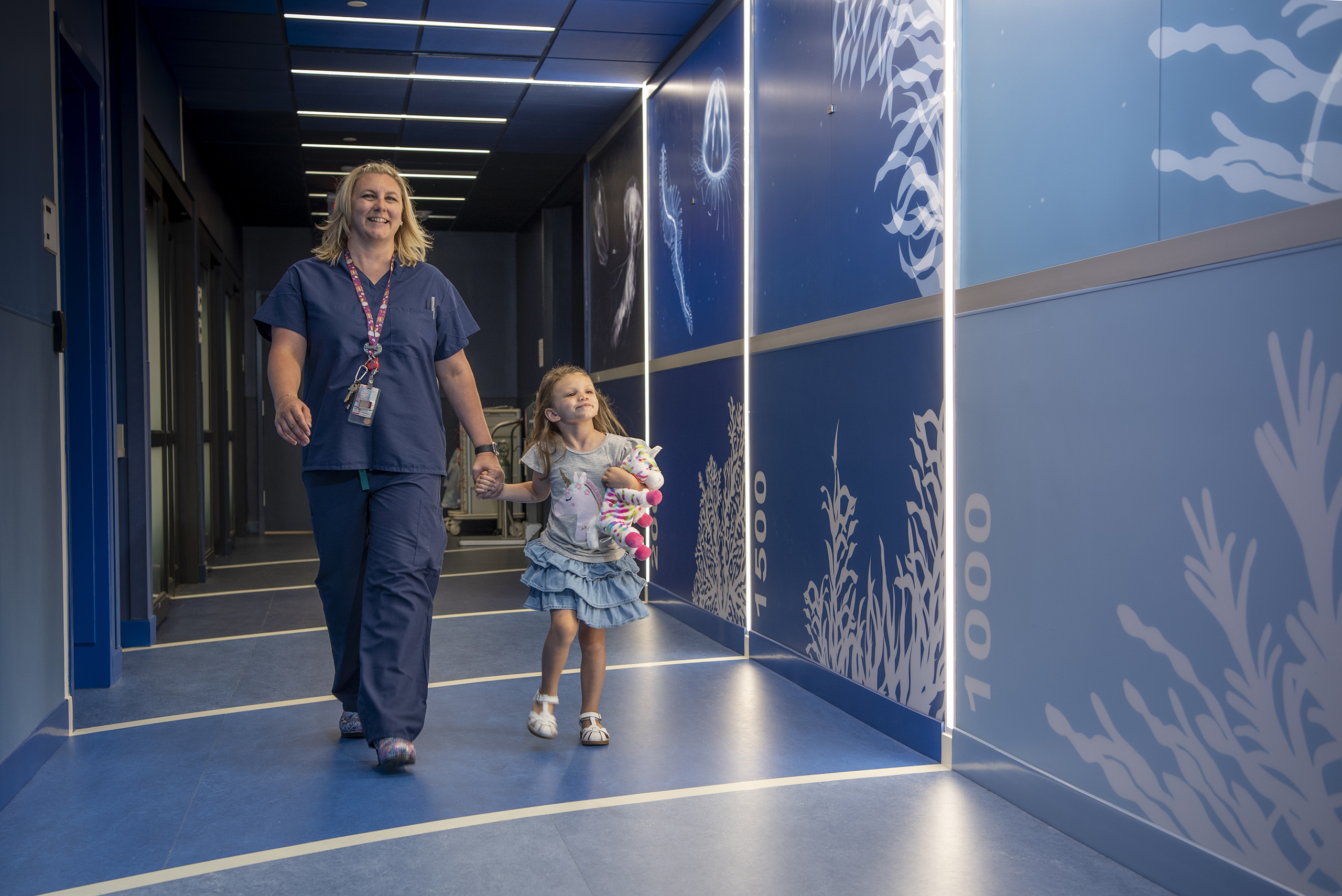Condition
Pediatric Retinoblastoma
Key Points About Retinoblastoma in Children
- Retinoblastoma is a rare cancer of the retina of the eye. The retina is a specialized group of nerve cells located in the back of the eye. These light sensing cells are connected to the brain and optic nerve which allows sight.
- The cancer may be passed on from parents (inherited) or it may occur by chance (sporadic).
- The most common symptoms are an abnormal white reflection from the retina (leukocoria) and misaligned eyes (strabismus).
- It’s diagnosed by a dilated indirect ophthalmoscopic exam.
- In the U.S., the prognosis for most children with retinoblastoma is very good.
- There are many treatments for retinoblastoma including surgery, chemotherapy, radiation therapy, laser therapy and cryotherapy.
Frequently Asked Questions
What is retinoblastoma in children?
What causes retinoblastoma in children?
What are the symptoms of retinoblastoma in children?
How is retinoblastoma in children diagnosed?
How is retinoblastoma treated in children?
What are possible complications of retinoblastoma in a child?
How can I help my child live with retinoblastoma?
When should I call my child’s healthcare provider?

Cancer Treatment at Children's National Hospital
The pediatric cancer experts at Children’s National in Washington, D.C., provide highly-specialized care for children in our innovative, comprehensive cancer programs. Discover more about the treatments we offer.

 Aasha's Rare Gift Will Help Other Babies Grow up Healthy
Aasha's Rare Gift Will Help Other Babies Grow up HealthyTesting the descrption field
Departments that Treat Retinoblastoma

Neurointerventional Radiology Program
Our Neurointerventional Radiology Program targets the tiniest spaces in a child's brain or spine using catheters and imaging to treat vascular conditions without more invasive surgery.






